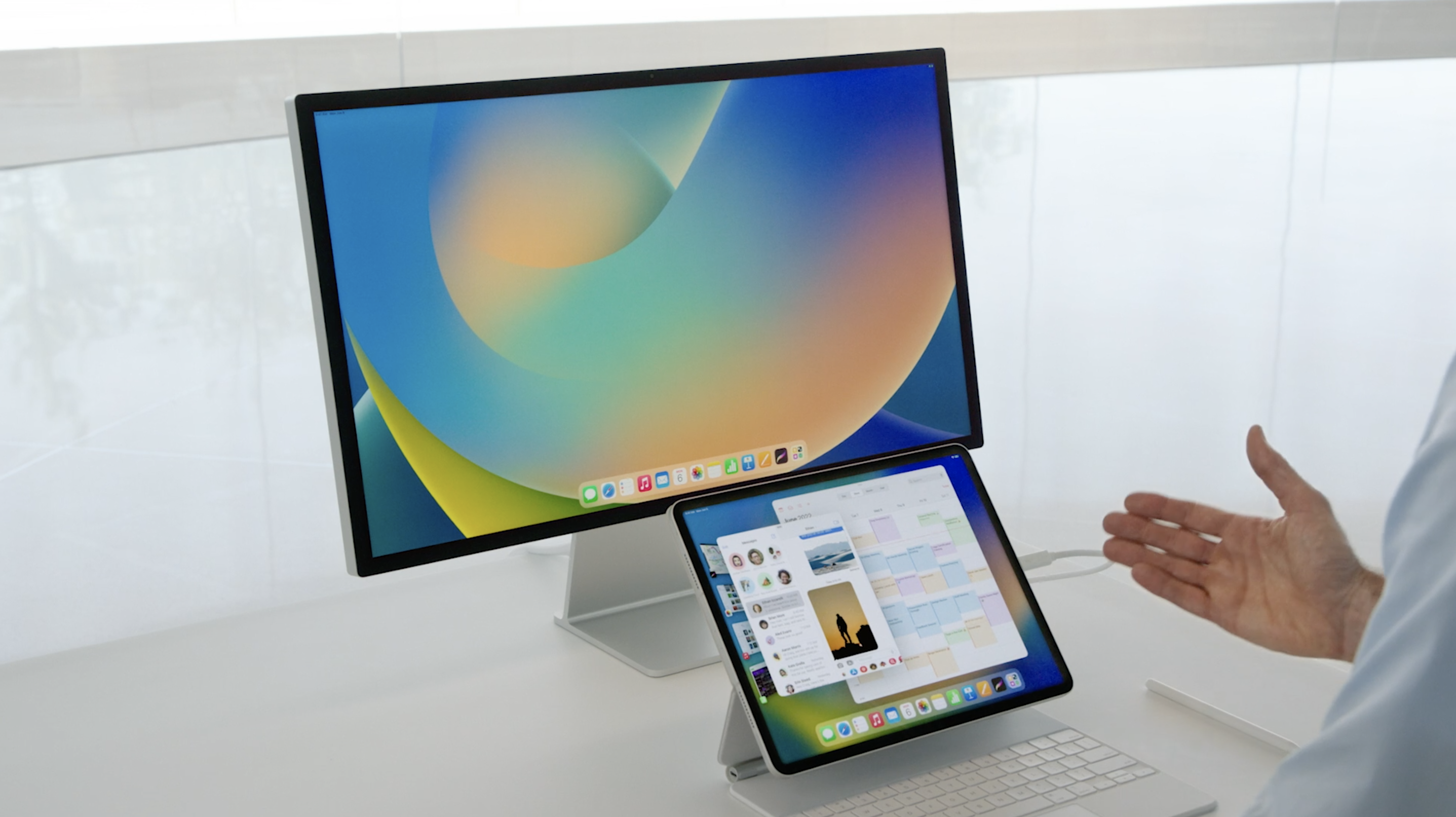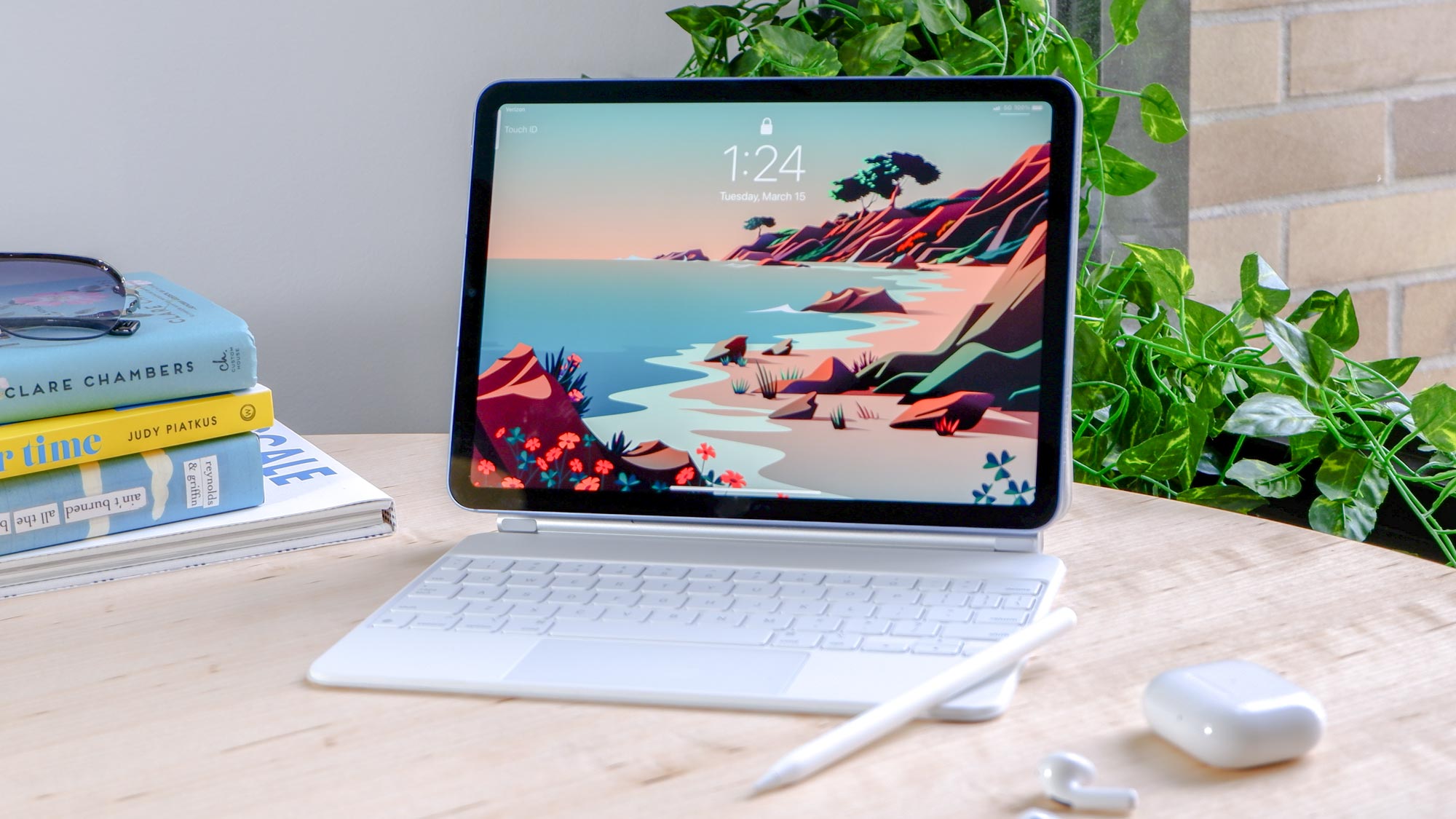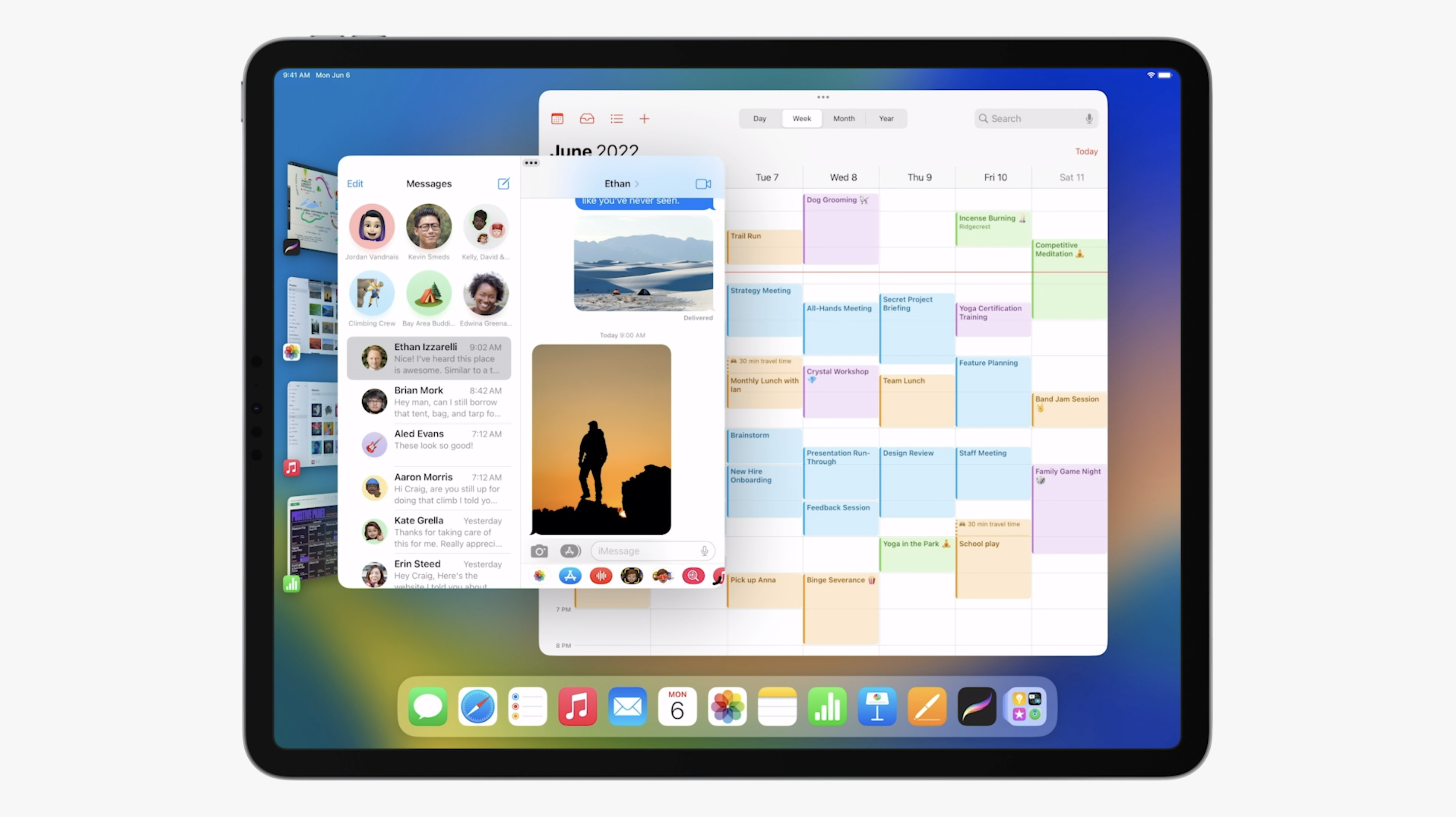iPadOS 16's Stage Manager will only work on M1 iPads — here's why
Apple explains why older iPads won't be able to run Stage Manager

Update: iPadOS 16 beta just fixed biggest complaint — Stage Manager is coming to older iPad Pros.
Stage Manager is a feature coming to both macOS 13 and iPadOS 16 when those software updates arrive later in the fall. The new addition gives you a new way to multitask by putting the app you’re working on front and center while letting you operate many windows at once and gathering them together into a single pile. Stage Manager also allows you to use the iPad with an external display to extend the desktop. It’s a feature that should increase your productivity.
While Stage Manager does a lot to make the iPad feel more like a laptop replacement, the feature has faced criticism since Apple previewed it at last week's WWDC 2022 event. The chief complaint is that Stage Manager only works with iPads sporting an M1 chip — namely, the latest iPad Pro and iPad Air. Tom’s Guide staff writer Richard Priday wrote about how unhappy he was that Stage Manager won’t work with his iPad, and many others share that sentiment.
Considering how most people own iPads without an M1 chip, cutting them off from what is arguably iPadOS 16’s biggest feature seems like a strange decision. Now, we have an answer straight from Apple.

Speaking with TechCrunch, Apple senior vice president of software engineering, Craig Federighi explained why Stage Manager only works on M1 iPads. Stage Manager had to meet Apple’s expectations for “interactive responsiveness,” Federighi said, meaning that every app you touch needs to respond instantaneously. The M1 iPads are the only models capable of meeting those expectations.
“It’s only the M1 iPads that combined the high DRAM capacity with very high capacity, high-performance NAND that allows our virtual memory swap to be super fast,” Federighi said. “Now that we’re letting you have up to four apps on a panel plus another four — up to eight apps to be instantaneously responsive and have plenty of memory, we just don’t have that ability on the other systems.”
Federighi went on to say that the M1 iPads are the only ones capable of supporting all of the external display features because of their respective Thunderbolt ports.
Sign up to get the BEST of Tom's Guide direct to your inbox.
Get instant access to breaking news, the hottest reviews, great deals and helpful tips.
“When you put all this together, we can’t deliver the full Stage Manager experience on any lesser system,” Federighi continued. “I mean, we would love to make it available everywhere we can. But this is what it requires. This is the experience we’re going to carry into the future. We didn’t want to constrain our design to something lesser, we’re setting the benchmark for the future.”

The iPadOS 16 developer beta is currently in the hands of developers, with a public beta to come in July. Federighi says Apple will watch feedback from both iPadOS 16 betas and make improvements to the operating system during the summer.
As things stand, it doesn’t seem likely that future updates or improvements will make Stage Manager viable on older iPads. We don’t want to say it won’t happen, but we don't expect it to happen, based on Federighi’s statements.
We’re currently going through the iPadOS 16 developer beta and will dive into the public beta when it becomes available. Stay tuned for more news on iPadOS 16 as it becomes available.

Tony is a computing writer at Tom’s Guide covering laptops, tablets, Windows, and iOS. During his off-hours, Tony enjoys reading comic books, playing video games, reading speculative fiction novels, and spending too much time on X/Twitter. His non-nerdy pursuits involve attending Hard Rock/Heavy Metal concerts and going to NYC bars with friends and colleagues. His work has appeared in publications such as Laptop Mag, PC Mag, and various independent gaming sites.
